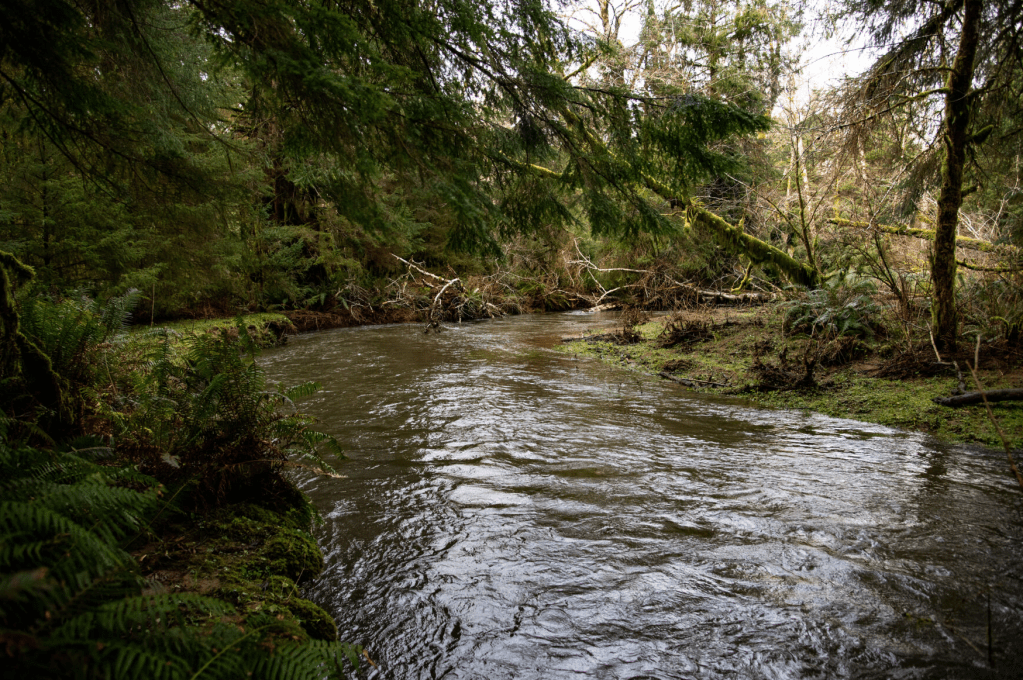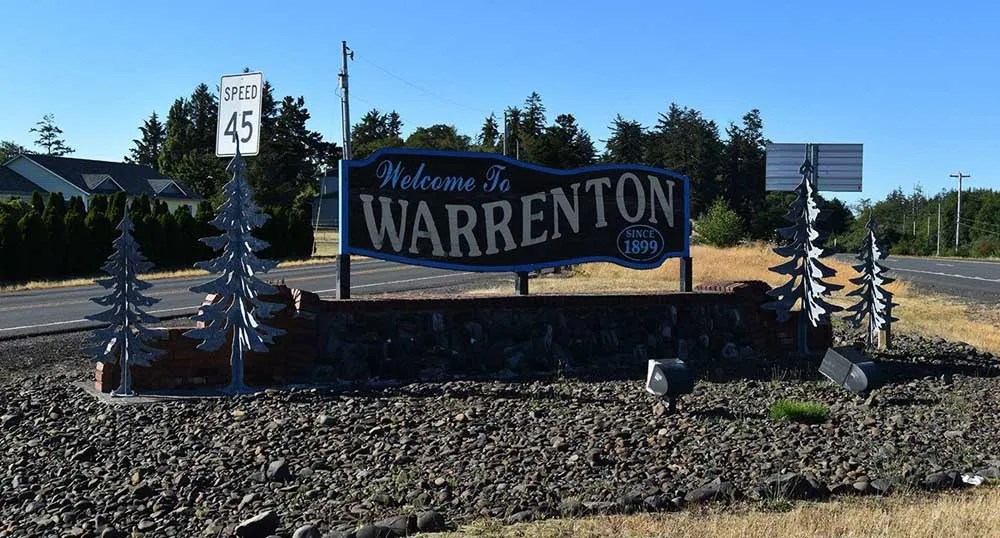Study shows elevated bacteria levels in local waterways
Published 12:43 pm Wednesday, April 9, 2025

- The Ecola Creek Forest Reserve.
CANNON BEACH — The Oregon Department of Environmental Quality presented a microbial study showing elevated levels of fecal bacteria in the city’s waterways, but was unable to pinpoint the source of human markers.
Published in September, the study worked to identify the presence of fecal contamination by monitoring for fecal indicator bacteria in Chisana Creek, Ecola Creek and Gower Street Creek.
Chisana Creek is near the Tolovana outfall, and Gower Street Creek is near the Gower Street outfall, two locations where the city discharges wastewater. Those locations showed the highest levels of the 10 nearby sites tested for human waste markers, with Chisana Creek revealing the highest concentration.
Trending
In freshwater, fecal indicator bacteria is called E. coli. In marine environments, it’s referred to as enterococcus. Bacteria levels have increased alongside rainfall, peaking in October and November.
Human markers were present in 13 out of 21 samples, but the Oregon Department of Environmental Quality stressed that there are no apparent sources directly contributing human fecal bacteria in the study area.
Steve Hansen, water quality monitoring coordinator with the Oregon Department of Environmental Quality, said that unclassified markers, known as ruminants, were detected the most.
“Human and dog were not identified in those, which begs the question; is there something causing those marine violations?” he said.
Karen La Bonte, the city’s public works director, said Cannon Beach had put a permanent sign at the Gower Street outfall location warning the public not to enter the water.
The study, conducted in 2022, was cited in a lawsuit filed recently against Cannon Beach by the Northwest Environmental Defense Center.
Trending
The complaint, filed in March in U.S. District Court in Portland, alleged that the city has been regularly discharging untreated human waste into its waterways, particularly near Haystack Rock and the south end of town.
“DEQ collected water samples from ten different sites in and near Cannon Beach — including from both the Gower Street and Tolovana outfalls — over ten sampling events between June and November of 2022,” the complaint read. “DEQ analyzed all samples for bacteria and concluded that 7% of marine water samples and 25% of freshwater samples collected in the City exceeded water quality.”
The city has denied the lawsuit’s allegations, asserting that the bacteria was not the result of any city operations.









